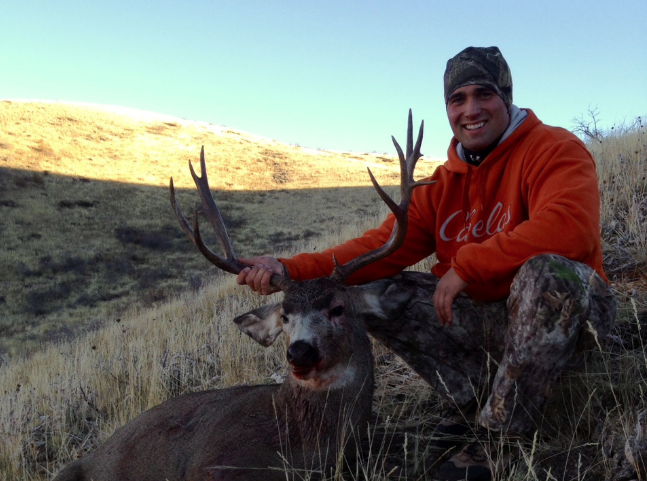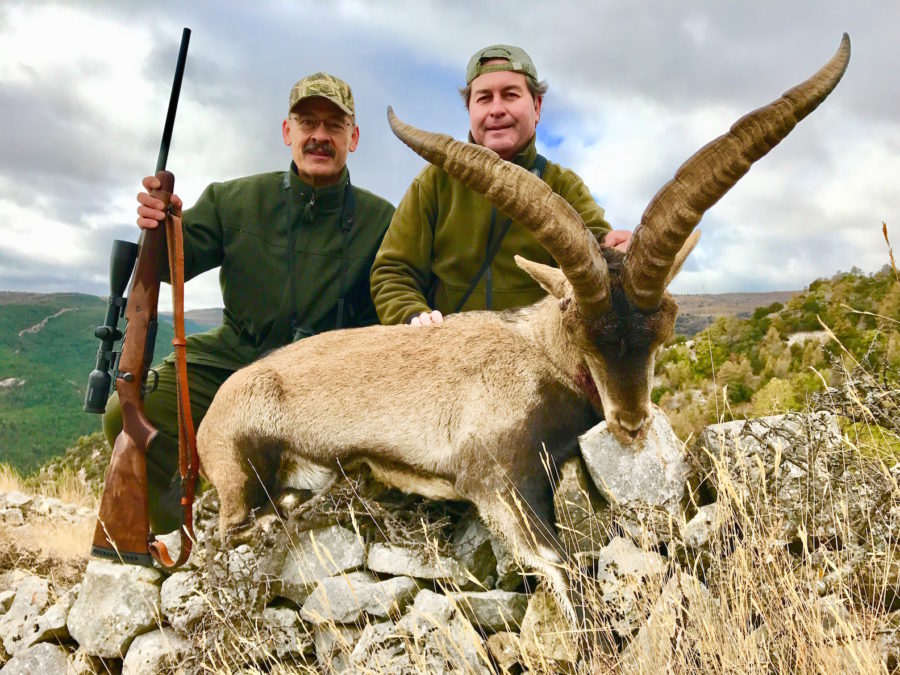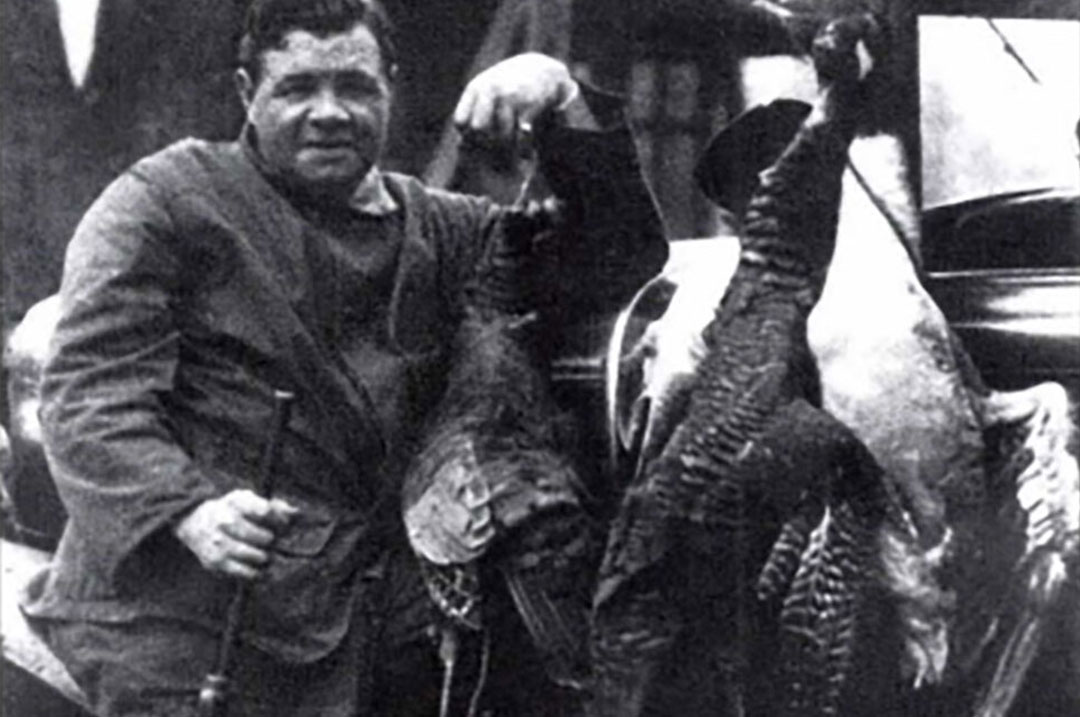Here’s the basic cheat sheet: Gut it, skin it, keep it clean and keep it cool.
You successfully shot a deer, elk or other big game animal. Now the work begins. You want to properly process the animal so you get many healthy, enjoyable meals from it.
But you should know more if you want the best quality game meat, and you should. Not only will it be better eating, it will give you the satisfaction knowing you harvested and processed safe, organic and nutritious meat from pulling the trigger to sizzling it in the frying pan.
Here’s how to make it happen:
In the Field
- Be prepared to process an animal any time you’re hunting. Have your knives sharp, game bags ready, rope and/or tarp to keep the meat off the ground when you’re quartering.
- You may want to leave the hide on if while removing the animal from the field, depending on the outside temperature. There’s a trade off because meat cools quicker when an animal’s hide is removed, and retained body heat contributes to faster spoiling.
- Remember it’s always easier to keep meat clean than remove dirt later, and dirt carries bacteria.
- For smaller animals such as deer and pronghorn, hang and skin the animal when you get them out of the field. A skinned animal cools quicker. Larger animals such as elk and moose should be quartered for cooling. A large animal left with the hide on can spoil even in freezing temperatures.
- Clean your knife after gutting an animal, or use a different one when you start quartering. You don’t want to introduce bacteria from the entrails to the meat.
At Camp or at Home
- Try to keep meat hung in camp or at home below 40 degrees. Bacteria grow more rapidly above 40 degrees. Temperatures below 40 degrees slow bacterial growth, but will not kill it.
- Use clean, cool water to rinse as much blood off as possible from the carcass and trim away blood-shot meat. Scrape away gelled blood. Blood’s pH level makes it susceptible to bacteria.
- You can also wipe a carcass with a solution of water and vinegar, which kills bacteria.
- Get as much water as possible off the carcass before putting a game bag on it. If insects aren’t an issue, let it air dry overnight.
- Do not allow the carcass to freeze while hanging. It stops the tenderizing process, and if frozen within 12 hours of the kill can make the meat tough.
- If you’re hanging meat in camp, keep it in the shade. If the carcass or quarters will be directly exposed to the sun during the day, string a tarp in front of it.
- Aging a carcass for 5-7 days can improve tenderness, but should only be aged that long if the temperature can be held between 34 and 40 degrees. A meat-processing facility is your best bet.
- Aging is not recommended for young animals or those with little or no fat covering. Young animals are already tender, and lean animals will dry during aging.
- Do not age a game carcass if it is shot during warm weather and not chilled rapidly, if the animal was severely stressed prior to the kill (such as running a long distance), or if there is extensive gun-shot wounds.
- Meat that is to be ground into burger or sausage does not need to be aged.
- Do-it-yourself meat cutters can watch a new video on Idaho Fish and Game’s website that shows how to butcher and prepare big game for the freezer. How to remove the muscle groups from the bone, deciding on various cuts, and how to properly package are all covered. The Butchering Elk Meat video is available here under “How To.”
In the Kitchen
- Cook steaks, chops and roasts to an internal temperature of at least 145 degrees for deer, elk antelope, moose, bighorn sheep and mountain goats. Note: There is some disagreement over minimum cooking temperatures for game. U.S. Food and Drug Administration recommends minimum of 165 degrees for game, but 145 for domestic beef. Several states, including Idaho, Alaska and Minnesota recommend 145 degree minimum for game meat. In addition, the Minnesota Department of Health explains that venison should be cooked to at least 160¡ F to reduce the risk of foodborne illness. Once the internal temperature of venison is confirmed with a food thermometer and has reached 160 F, it is safe to eat, regardless of the color of the meat, which may still have a pinkish color. Some folks like venison medium rare. Bacteria on whole cuts, like steaks or roasts, usually are just on the surfaces so these cuts can be cooked to a minimum internal temperature of 145 F.
- Cook ground game meat (burgers, sausage, etc.) to an internal temperature of at least 160-degrees Fahrenheit. Ground meat is more susceptible to bacteria during processing than steaks, chops and roasts.
- Center for Disease Control recommends cooking all bear and mountain lion meat to at least 160 degrees because they can carry trichinosis.
- Use an instant-read, digital meat thermometer when cooking. You want to reach the minimum temperature, but you don’t want to overcook game. It is very lean, and overcooked meat will be dry and tough.
- Trim meat of any fat and silver membrane, especially if you’re grilling or frying steaks, which will improve the flavor. Fat is often the cause of a strong “gamey” flavor.
- Properly handled game meet will last about a year in a freezer at 0-degrees.
Sources: Penn State Cooperative Extension, Clemson Cooperative Extension, U.S. Food and Drug Administration, U.S. Center for Diseases Control, Minnesota Department of Health.
 Within the pages of The Ultimate Guide to Cooking Wild Game, twenty-five popular game animals are highlighted and discussed. Amateur and experienced hunters alike will enjoy learning about each animal’s origin, range, migration and travel patterns, life span, size and weight, typical habitat, desired foods, why the particular animal is targeted, where it can be hunted, along with hunting tips and why it makes for excellent table fare.
Within the pages of The Ultimate Guide to Cooking Wild Game, twenty-five popular game animals are highlighted and discussed. Amateur and experienced hunters alike will enjoy learning about each animal’s origin, range, migration and travel patterns, life span, size and weight, typical habitat, desired foods, why the particular animal is targeted, where it can be hunted, along with hunting tips and why it makes for excellent table fare.
Whether you hunt for food, for pleasure, or for environmental management, know that you are engaging in a normal, natural, and innate human instinct that has been with mankind and our predecessors for hundreds of thousands of years and one that will be with us for many more years to come. Enjoy the hunt, and the tastes and flavors of your successes with a little help from this new book! Buy Now




